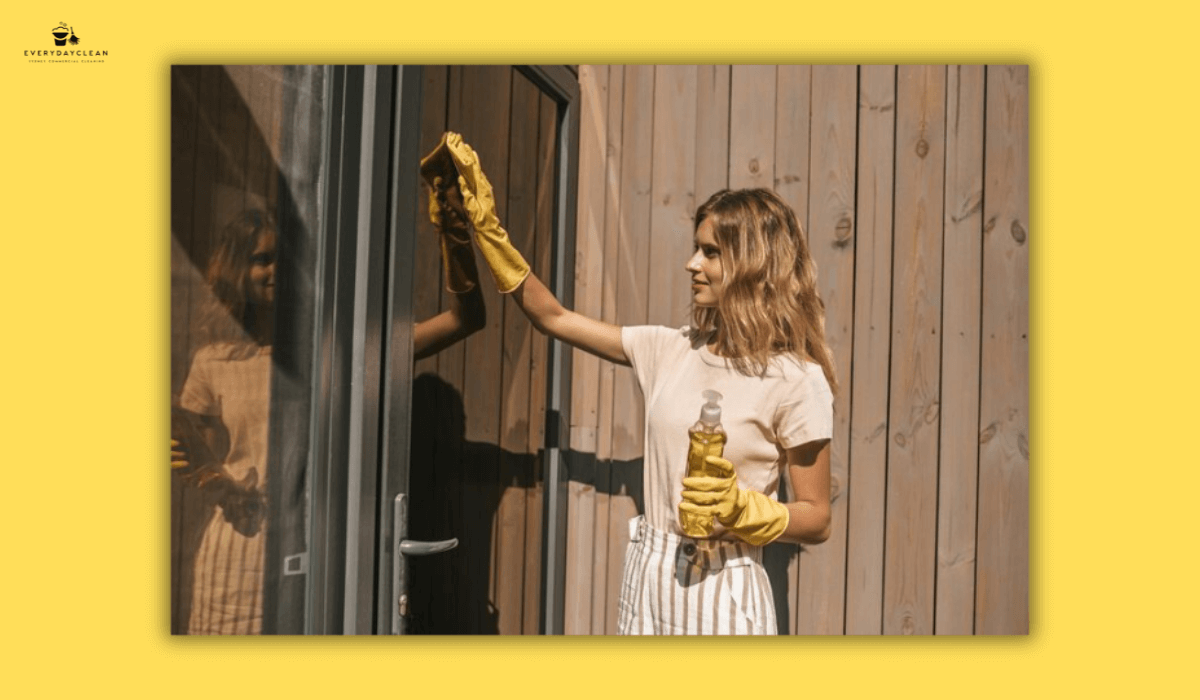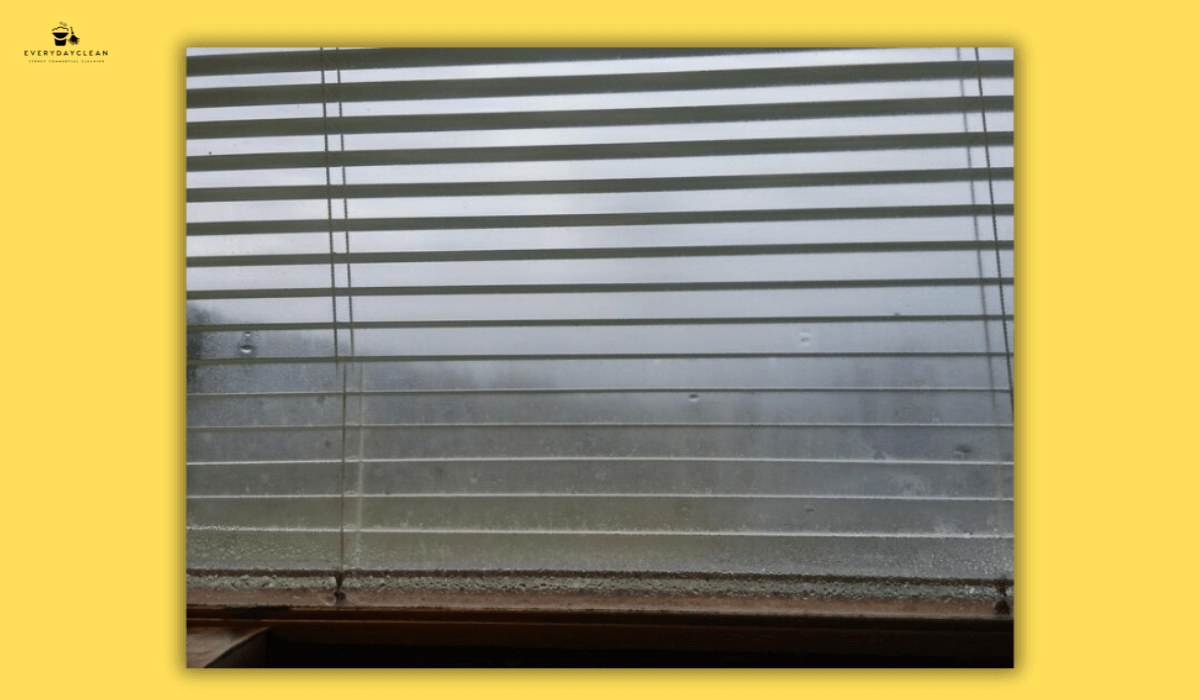Childcare End‑of‑Day Cleanup Routine: 9 Proven Steps
Childcare end‑of‑day cleanup routine keeps classrooms organised, hygienic, and ready for the next day. This 9‑step guide walks through every essential action: clearing and resetting play areas, sanitising high‑touch surfaces, disinfecting bathrooms and nappy stations, sweeping and mopping floors, cleaning meal prep zones, emptying bins, restocking supplies, tidying outdoor areas, and completing a final inspection. By following these steps, childcare cleaning services can ensure a consistent, efficient close‑of‑day process that meets professional cleaning standards.
9-Step Childcare End-of-Day Cleanup Routine
This section details a cleaning-first checklist tailored to the realities of daycare environments. Whether you run a long-day care centre or a home-based setup, these steps align with industry cleaning standards and will help maintain hygiene, organisation, and workflow continuity.
1. Clear and Reset Play Areas
Start by removing all loose toys, books, and learning tools from activity zones. Ensure all play surfaces and floors are cleared of debris before disinfecting.
- Return toys to labelled storage bins
- Stack furniture if necessary for floor access
- Check soft toys or dress-ups for visible soiling
2. Sanitize High-Touch Surfaces
Use approved disinfectants to wipe down:
- Tables, chairs, and workstations
- Light switches and door handles
- Art stations, storage units, and cubbies
Ensure you follow proper dwell time for the product used to maintain compliance.
3. Disinfect Toileting and Nappy Changing Areas
Childcare restrooms and change stations must be addressed with specific attention to hygiene:
- Disinfect nappy mats, potties, and toilet seats
- Wipe down taps, basins, and dispensers
- Refill soap and paper towel supplies
Dispose of nappies in sealed bins and line them with fresh bags for the next day.
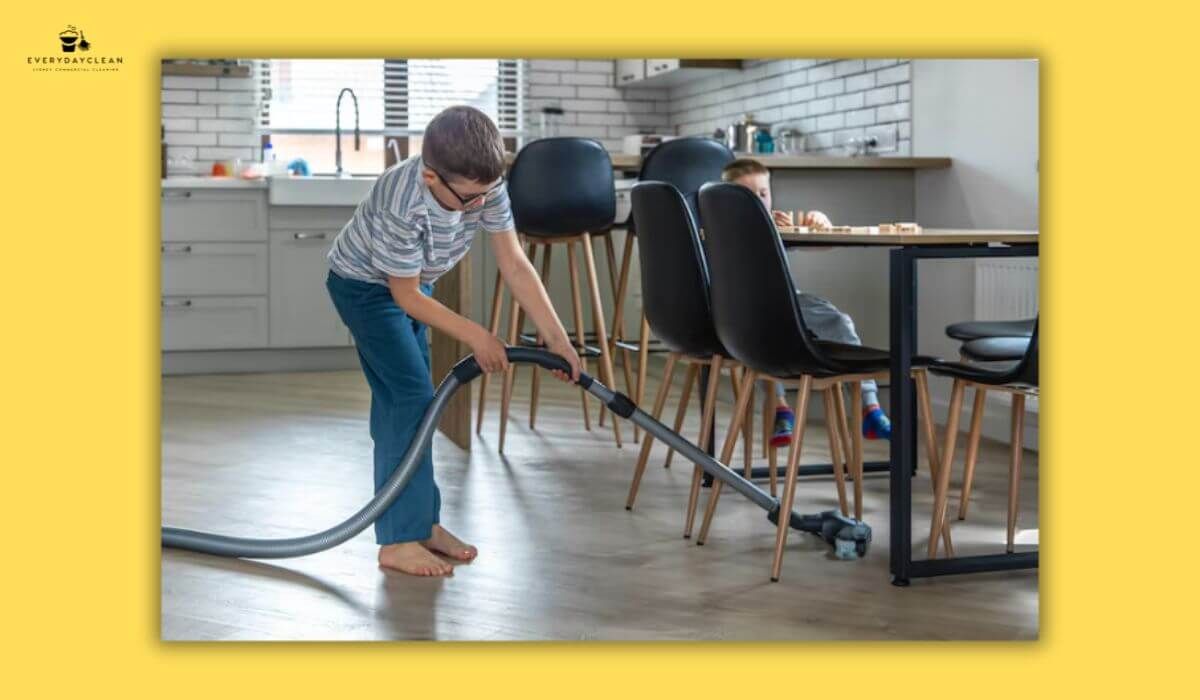
4. Sweep, Vacuum, and Mop All Floors
Different floor types require different cleaning methods:
- Use a HEPA vacuum for carpets or rugs
- Sweep and mop vinyl or tiled surfaces
- Spot-clean any spills or sticky patches
Allow adequate drying time before resetting furniture.
5. Clean Meal and Snack Prep Zones
Where food is handled or served, deep cleaning is essential:
- Disinfect countertops, meal trolleys, and highchairs
- Rinse and sanitise plates, cups, and utensils
- Check and clean fridges, if applicable
Always follow commercial kitchen hygiene standards, even in snack areas.
6. Empty Bins and Replace Liners
All internal bins must be emptied, even if not full. This includes:
- Nappy disposal units
- Craft or paper waste bins
- Lunch area and staff room bins
Use colour-coded liners where required to comply with centre policies.
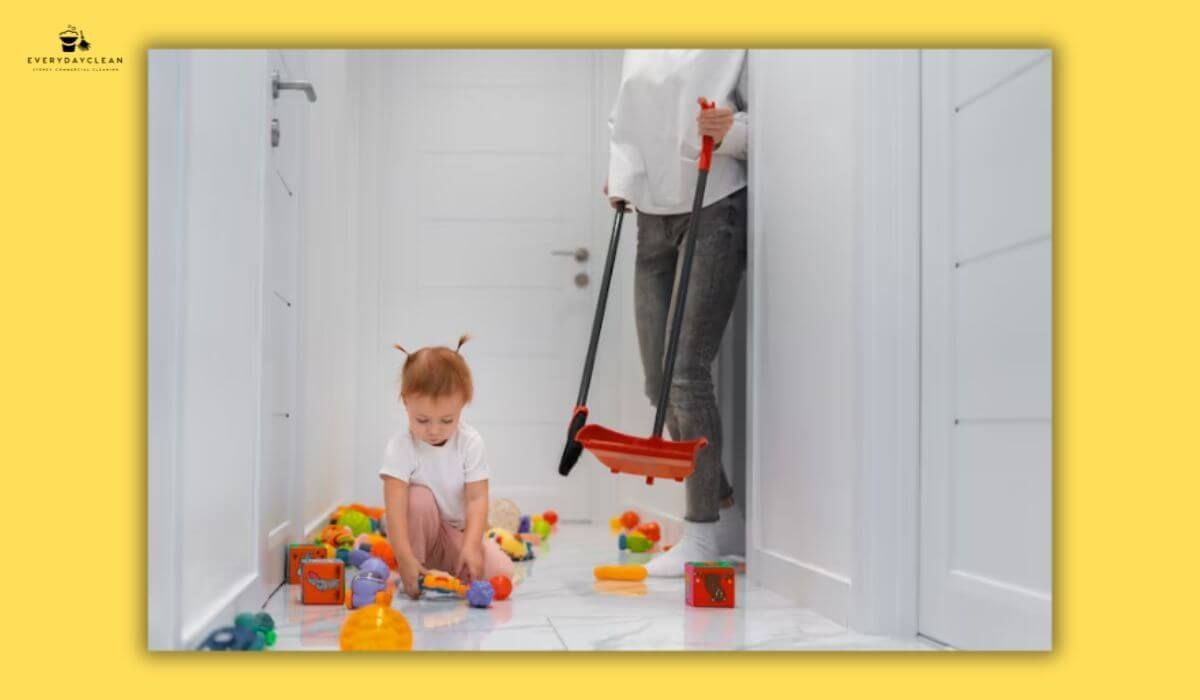
7. Restock and Refill Supplies
Before closing, make sure the following are restocked:
- Soap, tissues, and toilet paper
- Paper towels and cleaning sprays
- Art supplies or classroom consumables
This prevents scrambling the next morning and supports smooth handovers.
8. Tidy Outdoor Areas (If Applicable)
If the facility includes outdoor play:
- Pack away sandpit toys or loose play equipment
- Check for rubbish or hazards
- Sweep verandas or shade structures
Outdoor maintenance helps uphold a clean presentation and safety.
9. Final Inspection and Reset
Finish the routine with a visual scan of each room:
- Lights off, windows shut, doors locked
- Sign cleaning logs (if applicable)
- Note any maintenance issues for follow-up
Ensure everything is clean, reset, and welcoming for the next day.
Additional Cleaning Tips for Childcare Centres
To further streamline your end-of-day process, consider these strategies:
- Use visual charts: For young staff or trainees, visual aids reinforce consistency
- Implement zoning: Assign cleaning responsibilities by classroom or section
- Choose reusable products: Microfibre cloths, refillable spray bottles, and durable bins reduce waste
- Schedule deep cleans: Weekly or monthly, add tasks like curtain washing or storage audits
You can also adopt ideas from office clutter reduction cleaning tips to maintain tidier teaching spaces and boost operational flow.
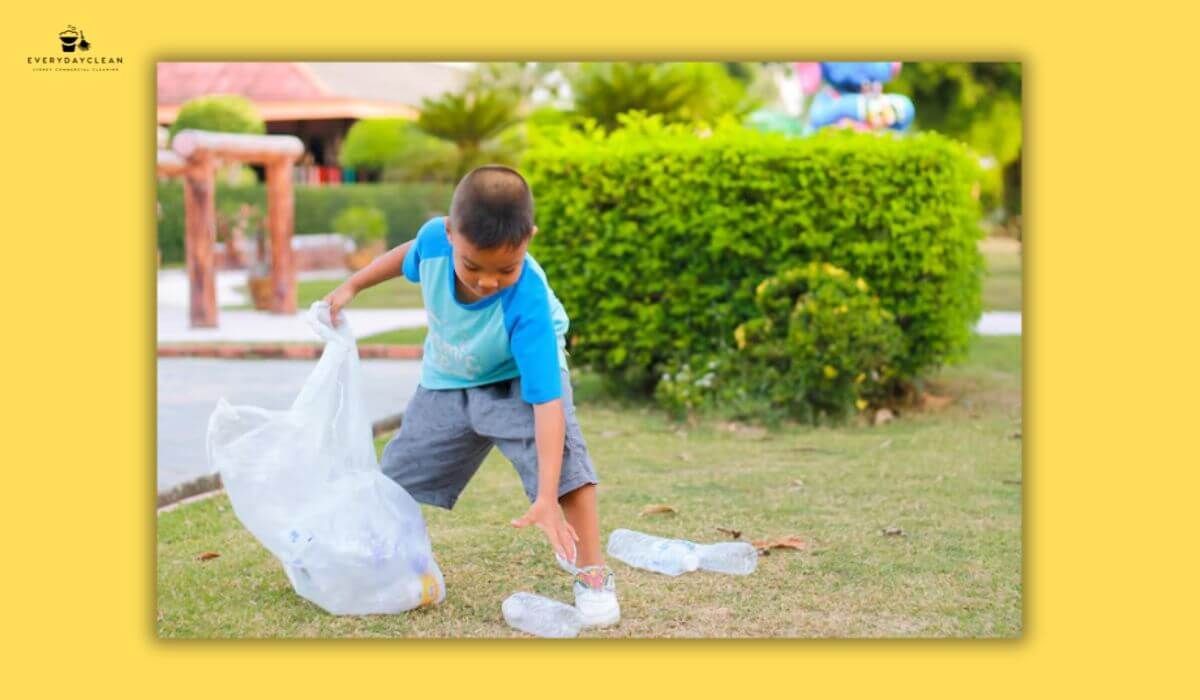
FAQs: Childcare End-of-Day Cleaning Insights
This section addresses popular queries based on current search behaviour and childcare provider concerns.
How can I create a fast cleanup routine for a small home daycare?
For smaller daycare setups, aim for a 15-minute cap using a tightly sequenced flow:
- Tidy play zones first
- Disinfect surfaces
- Mop high-traffic floors
- Reset supplies
Use a timer and a checklist posted in a visible area. Consistency builds speed, and a set order helps prevent missed steps. Keep cleaning products accessible (but safe from children) to minimise downtime between tasks. Also, batch tasks were possible—such as wiping all tables in one go.
What cleaning products are best for childcare settings?
Choose commercial-grade products that are:
- Biodegradable and non-toxic
- Registered for safe use around children
- Compatible with your surface types
Avoid bleach-heavy formulas in shared zones unless explicitly needed. Look for refillable options to align with sustainability goals. Always follow the manufacturer’s contact time for disinfection effectiveness, and consider adding labels with instructions for team clarity.
How can I teach toddlers to participate in cleanup?
Start by introducing visual cues like chore cards or picture bins. Use music or songs to signal transitions. Toddlers respond well to repetition and fun:
- "Put away" races for toys
- Matching items to labels
- Group tasks like mat stacking
Praise their efforts and focus on positive reinforcement—not perfection.
How do I clean and disinfect daycare toys properly?
Sort toys by material:
- Plastic: Wash with soap and warm water, then disinfect
- Fabric: Machine wash weekly or as soiled
- Wood: Wipe with a damp cloth, avoid soaking
Toys should be cleaned daily if mouthed or heavily used. Use drying racks to ensure full air-dry before storage. Rotate toys out of use to allow for deeper cleaning between cycles.
What’s the difference between daily vs weekly childcare cleaning?
Daily: High-touch disinfection, bin emptying, surface cleaning, and floor care.
Weekly: Deep cleans of storage spaces, windows, vents, and furniture legs.
Keep a clear schedule posted and ensure logs are signed to maintain accountability and prep for accreditation.
Final Thoughts
A reliable Everyday Clean childcare end-of-day cleanup routine doesn’t just support hygiene—it builds trust with families, improves staff workflows, and ensures readiness for the day ahead. These 9 structured steps—combined with visual charts, staff training, and sustainable cleaning practices—are the backbone of every well-run early education environment.
Author: Everyday Clean Content Team
Everyday Clean is Sydney’s trusted provider of commercial cleaning solutions, including pools, gyms, offices, and strata properties. Our licensed professionals use advanced, eco-friendly equipment to deliver safe, compliant, and spotless results. With deep experience across Sydney’s hospitality, fitness, and residential sectors, we help facilities maintain inviting, healthy environments that guests trust.
